Phone:
+1 252 794 3642
Location:
305 S King St
Windsor, NC 27983
FOREST FACTS
Are we losing our forest? ► No! The United States has about the same amount of forestland today as it did in
Why do you have to “manage” forests? Wouldn’t it be better to let nature take its course? ► In nature, trees grow too slowly to meet the housing and fiber demands of an ever-growing population. Management can vastly increase a forest’s benefits to society while ensuring its conservation for future generations.
When we cut down the old growth forest aren’t we losing valuable oxygen-producing sources? ►An old forest actually consumes more oxygen than it produces. Young, growing trees exchange carbon dioxide for oxygen much more efficiently than older trees. Good forest management keeps trees strong and healthy and maximizes their oxygen-exchange potential.
Doesn’t it hurt the environment to cut down trees? ►No, tree mortality is a natural part of the dynamics of undisturbed forests. Competition between trees for growing space and natural events such as fire, wind, ice and insects all contribute to tree mortality. This recycling is the key to diversity in the forest and allows the perpetuation of early stage succession plants. A managed forest mimics the life cycles of an undisturbed forest.
Why do you have to use herbicides: Wouldn’t non-chemical alternative work as well? ► Herbicides offer an efficient, safe and environmentally-sound means for managing vegetation in a forest. In many situations, non-chemical alternatives such as fire and mechanical operations would create undue risks to wildlife, the environment, personnel and landowner liability.
|
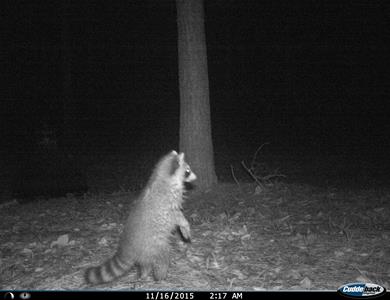
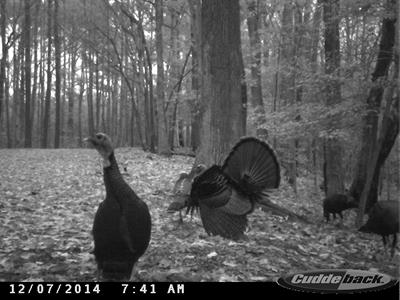
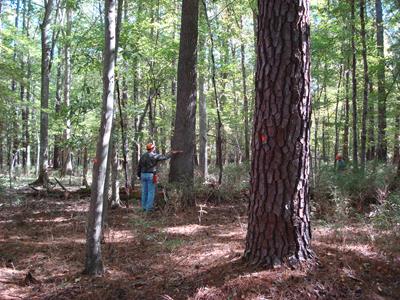
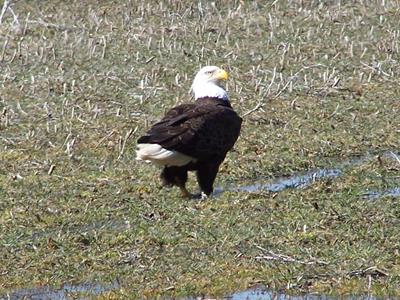
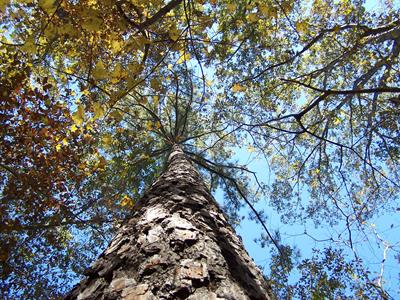



|
Aren’t herbicides toxic? How can we be sure they are safe? ► Modern herbicides are among the safest, least toxic pesticides available. They are used by trained professional at very low rates (in many instances only ounces per acre) and are readily absorbed by the foliage, so there is little to no human or wildlife exposure. Some modern herbicides are virtually nontoxic because they act on an enzyme found in plants, but not in fish, birds, mammals and humans.
Are we cutting all of the old growth forests? ► No! The U.S. has approximately 13.2 million acres of old growth trees (larger than the state of New York), which are defined as trees 200 or more years old. More than eight million of these acres are permanently protected within national parks, wilderness areas and other legislative set asides. An additional 10.7 million acres in Oregon and Washington include mature timber stands that have never been harvested and will soon meet the scientific definition of old growth.
DID YOU KNOW......? TREE FACTS!!
|
|
